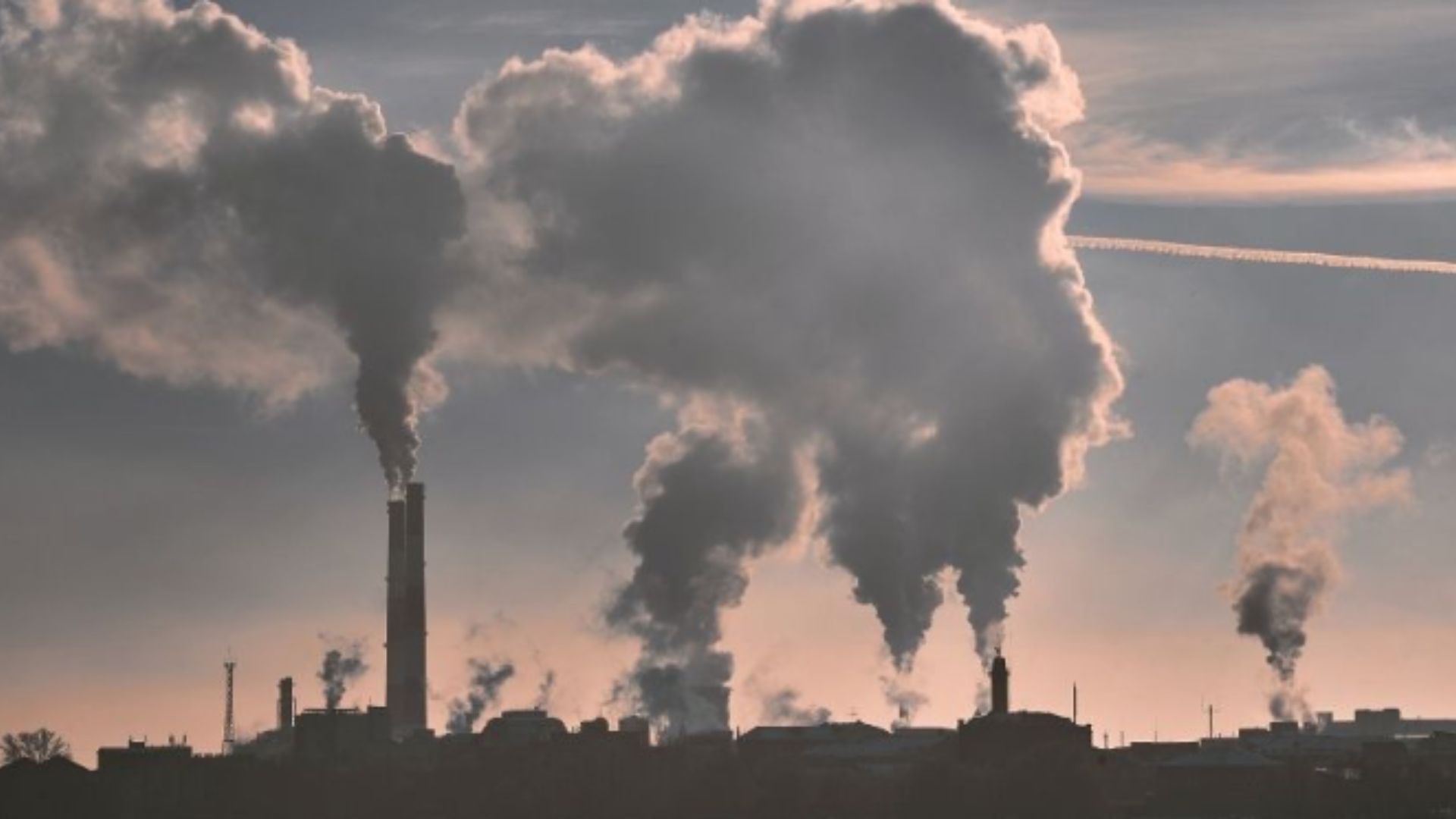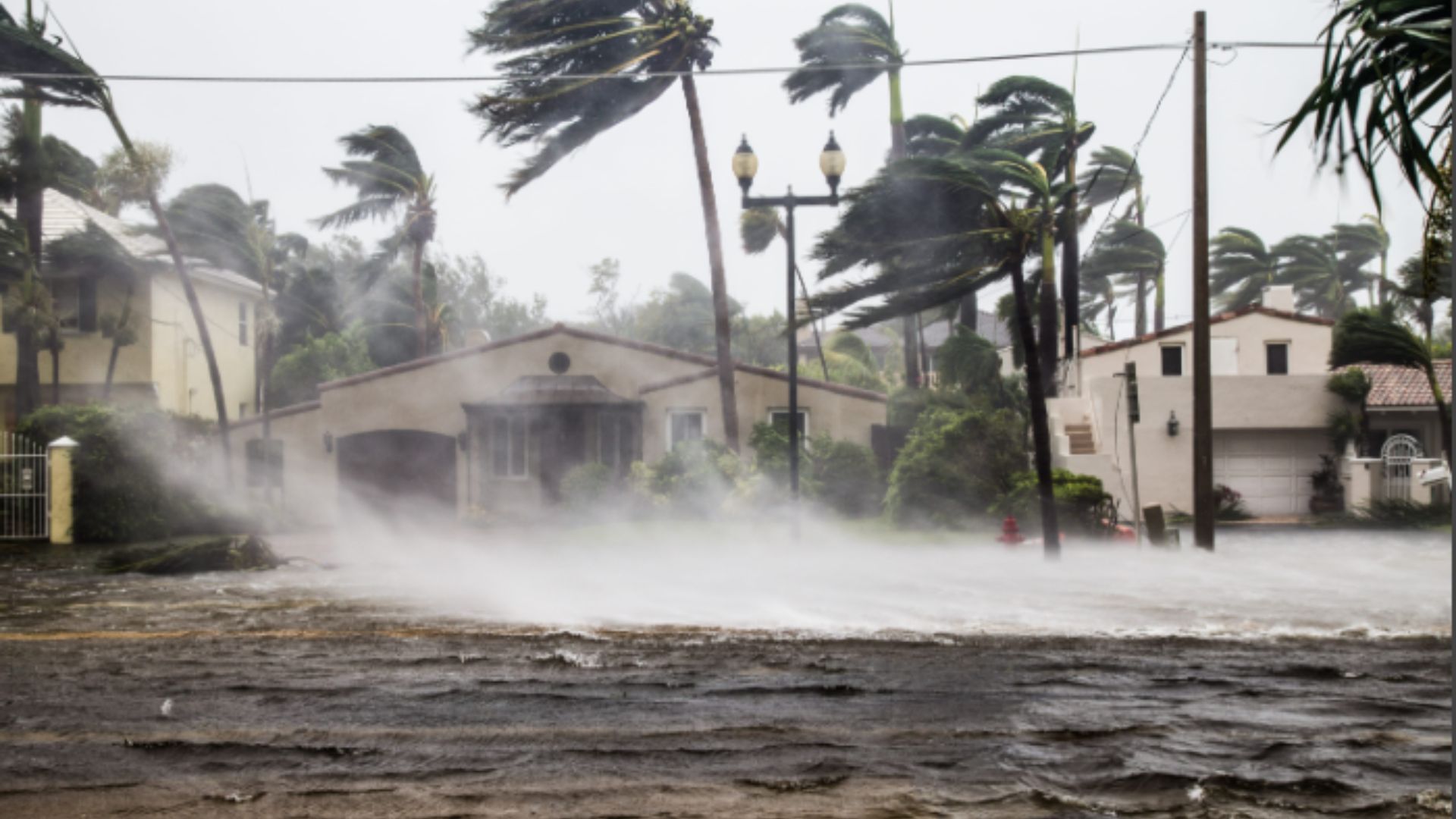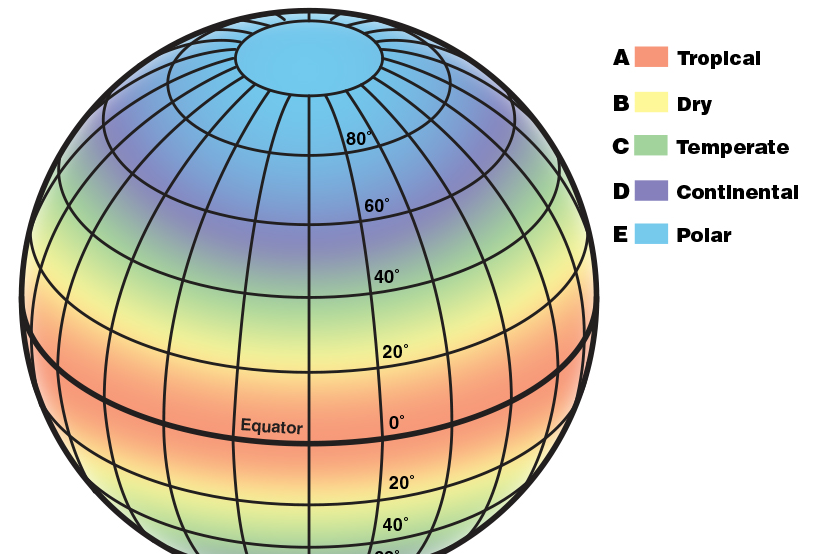The world is getting hot, and we’re feeling bothered. Climate change is no longer a distant threat; it’s the new normal. Rising temperatures, extreme weather events, and shifting landscapes are becoming a part of our daily lives. In this article, we’ll explore the current state of our changing climate and provide insights on how to navigate this new reality.
Understanding the New Normal
To begin with, it’s no secret that our climate is rapidly changing. The signs are all around us, from scorching heatwaves to unprecedented hurricanes. The consequences of these changes are far-reaching, affecting not only our environment but also our economies, health, and daily routines. So, how can we understand and adapt to this new normal?
A World on the Brink
To add on, one of the most apparent indicators of climate change is the rise in global temperatures. Average temperatures have been steadily increasing, leading to heatwaves that can be deadly. The impact on agriculture is substantial, with changing temperature and precipitation patterns affecting crop yields and food security. With glaciers melting and sea levels rising, coastal communities are under constant threat.
Extreme Weather Events
Moreover, the new climate reality also means dealing with extreme weather events. From hurricanes to wildfires, these events are more frequent and intense. Communities are grappling with the aftermath of these disasters, and the cost of recovery is skyrocketing. Thus, it’s crucial to adapt to these conditions, from reinforcing infrastructure to having evacuation plans in place.
Health Hazards
In addition, climate change doesn’t just affect the environment; it’s a significant health risk. Heat-related illnesses, like heatstroke and dehydration, are on the rise. Additionally, shifting climate patterns can alter the distribution of diseases and increase the prevalence of allergens, putting our well-being at risk.

Navigating the New Normal
While the situation may seem daunting, there’s hope. We can take steps to navigate this new normal and mitigate the worst effects of climate change.
Sustainable Living
Reducing our carbon footprint is a critical step in addressing climate change. Therefore, this means transitioning to cleaner energy sources, adopting sustainable transportation options, and minimizing waste. Small changes in our daily lives can add up to significant reductions in greenhouse gas emissions.
Adaptation Strategies
Additionally, communities and individuals must be proactive in adapting to the new normal. This involves creating resilient infrastructure, implementing better disaster preparedness, and conserving water resources. Hence, governments and organizations play a crucial role in supporting these efforts.
Raising Awareness
Moreover, education is key. Therefore, we must continue to raise awareness about climate change, its impacts, and the need for collective action. By understanding the science behind climate change, we can make informed decisions and advocate for change.
Climate Advocacy
Individuals, communities, and nations can make a difference by advocating for stronger climate policies. Supporting renewable energy initiatives, reducing carbon emissions, and encouraging sustainable practices are all essential steps toward a more resilient future.
Conclusion
In conclusion, the new normal in climate is a reality we must confront. But with understanding, adaptation, and collective action, we can navigate these challenges and work towards a more sustainable, resilient world. Embracing a lifestyle that prioritizes sustainability and advocating for policies that protect our environment are crucial steps in this journey. It’s time to take action and address the hot and bothered world we’ve inherited.











